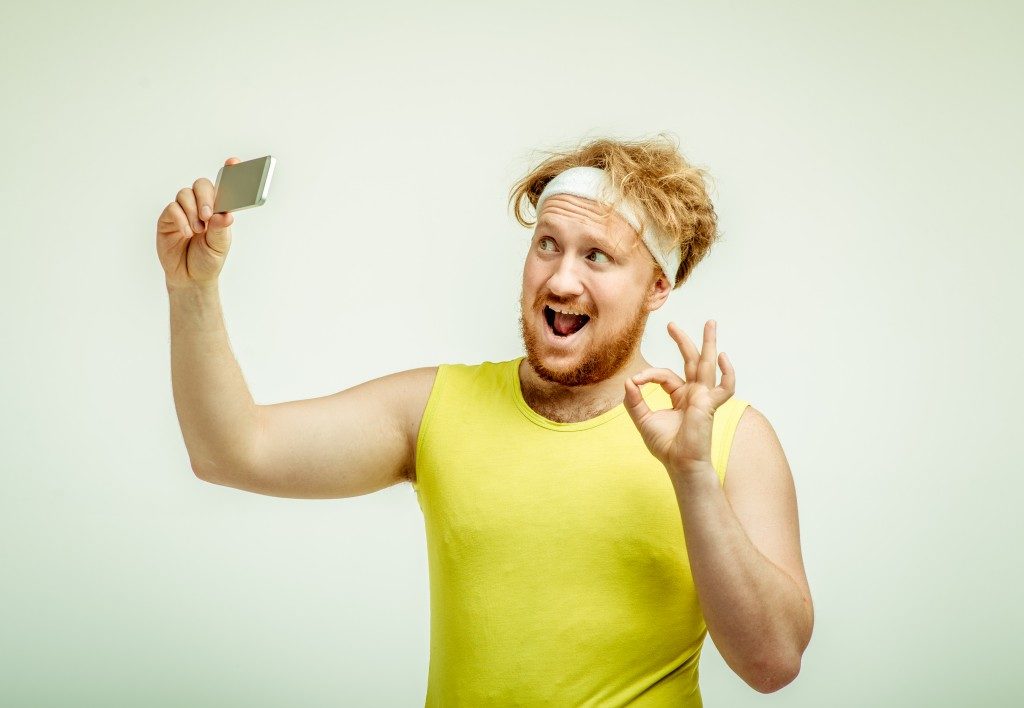Selfies have become such an intrinsic part of today’s culture that most people nowadays seem to have an obsession with them. There are even those who are so obsessed with how they look that they undergo surgeries and invasive treatments to get the Instagram-ready versions of themselves. But little do people know that obsessing too much on how you look online can have adverse effects. It can develop into unofficial mental disorders such as Snapchat dysmorphia and selfitis.
Originally, selfies started as all fun and games, but when do they turn into an unhealthy obsession?
An obsession with perfect selfies can kill
If you often feel like taking selfies or posting them is making you feel anxious, then there might be something wrong. The Guardian says that images promoting potential eating disorders are being spread online. Most people can see these on various social media platforms such as Instagram.
The parties who post and promote this highly dangerous content keep their accounts private and then ask people to follow them so they can see their posts. But there are others whose posts are available for the general public to see. Also, some people romanticize the idea of starving themselves, which makes the idea seem reasonable. Gulf News says that there’s a fragile line between having a disorder and obsession. Once a person goes beyond that boundary, there’s a chance that she may step into the full spectrum of eating disorders.
In specific eating disorders such as purging and bulimia nervosa, patients go through a phase of overeating and binging. It’s then followed by purging, a highly traumatic process of throwing up the food that they eat. Once the disorder sets in, the sufferer may experience different emotions, including guilt, shame, and intense sadness. They may also begin to punish themselves in ways that traumatize the body physically, such as overstuffing and starving. The best way to help a patient recover from it is through bulimia treatment options.
The rise in popularity of selfies

The start of the real selfie is entirely debatable. USA Today says that Robert Cornelius, the camera pioneer, took the first photo of a selfie back in 1839. Calling it a selfie would have been a bit of a stretch: he probably would have had an assistant to help make the exposure.
The selfie as we know of it today first became widespread in 2005, growing with the popularity of social media pioneer site MySpace. Then in 2013, experts added the word “selfie” into the dictionary. This move signified its ubiquity in today’s culture.
Various facial expressions and other poses became a norm over the years as selfies continued to evolve. The fish gape, the smize, and the duck face became a hit for most people. These became exceedingly common for people who enjoyed taking pictures of themselves.
It’s especially crucial to recognize an eating disorder before it gets worse. So, once you realize that your loved one shows any symptoms, providing them with professional support is the best course of action. Most people who survive this condition often say that seeking help from a skilled professional is the first step to recovery.

